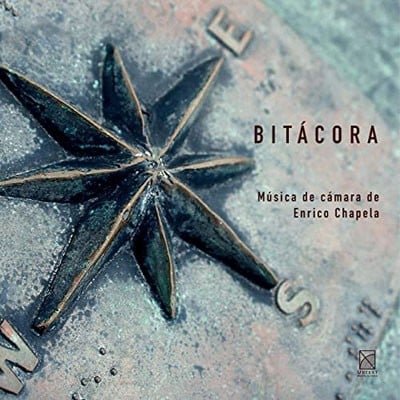Orchesterbesetzung
fl.ob.cl-2vln.vla.vlc.db
Abkürzungsverzeichnis (PDF)
Verlag:
Bote & Bock
Vertriebsgebiet
Dieses Werk ist erhältlich bei Boosey & Hawkes
in der ganzen Welt.
Verfügbarkeit
Uraufführung
17/11/2012
Centro de Acción Social por la Música, Sala Fedora Alemán, Caracas
Members of the Simón Bolívar Symphony Orchestra of Venezuela / Joshua Dos Santos
Anmerkungen des Komponisten
Hintergrund
Empfohlene Aufnahme

Ensamble Internacional de las Artes / Enrico Chapela
Urtext Digital Classics JBCC297
Links
